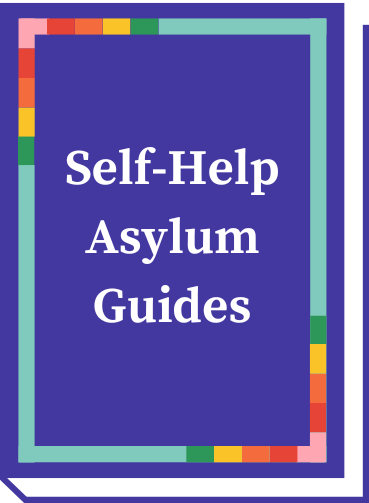32. Withholding Status
Withholding of removal is a very basic and minimal status to win.
Unlike asylum, individuals with withholding are not eligible to apply for legal permanent residence, 1 they cannot obtain Refugee Travel Documents and cannot travel outside the United States, they cannot petition immediate relatives as derivatives, and they must have a valid CIS-issued employment authorization document in order to work lawfully in the United States.
Essentially, a grant of withholding means that the applicant is ordered removed 2 but that enforcement of the order is “withheld” because the Judge has recognized that the applicant would more likely than not suffer persecution in his country if he’s returned. The status is not completely permanent; if ICE determines that country conditions have changed such that the withholding grantee would no longer be in danger if removed to his country, ICE can re-open the proceedings and seek to revoke the withholding grant. As a practical matter, this happens very rarely.
While withholding is a less than ideal status, for many applicants who have missed the one year filing deadline or who have a conviction which prevents a grant of asylum, withholding is a much better alternative than being removed to their home country. It’s also a better status to have in the United States than being undocumented because individuals with withholding are eligible for employment authorization, although they will need to renew the EAD annually. 3
Although withholding is a vastly inferior status to asylum in the immigration context, in other legal contexts individuals with withholding are treated similarly to those with asylum. Those with withholding status are eligible to receive welfare, Medicaid, Supplemental Security Income, and Food Stamps for up to seven years upon receiving their status, just as asylees are. They can also receive certain government housing subsidies and are eligible for Legal Services Corporation-funded legal services.
Withholding is far from ideal as an immigration status, but if an applicant has no other options, at least withholding will grant her the ability to work legally, obtain a social security number, receive benefits, and otherwise participate in American society.
This Manual is intended to provide information to attorneys and accredited representatives. It is not intended as legal advice. Asylum seekers should speak with qualified attorneys before applying.
Notes:
- It may be possible for some people who win withholding to obtain legal permanent residence if they have a United State citizen immediate relative who can sponsor them for a “green card.” Of course, if the applicant had a citizen relative to sponsor her, she would probably already have applied for a “green card” through this route rather than applied for withholding. The most common immediate relative relationship which might arise after an individual has won withholding is through marriage.
- There is some confusion about whether the Judge literally checks the Removal Order box on the Order form or not. Some Judges seem to simultaneously order the applicant removed and grant the withholding relief, while other Judges only check the withholding box.
- Many states, including New York, only issue drivers’ licenses and state i.d.s for the length of time on the EAD which means that a person with withholding status may also need to renew her state i.d. or license annually.
The information contained herein is for reference only and may not be up to date. It does not constitute legal advice. You should always consult an attorney regarding your matter.
This handbook is intended for use by pro bono attorneys and immigration attorneys working on LGBTQ/HIV asylum cases.
Detention Hotline
If you are in detention, call:
(917) 654-9696 | M-W 9:30 - 5:30pm & Th 1:00 - 5:30pmCalls from people outside of detention will not be accepted.
